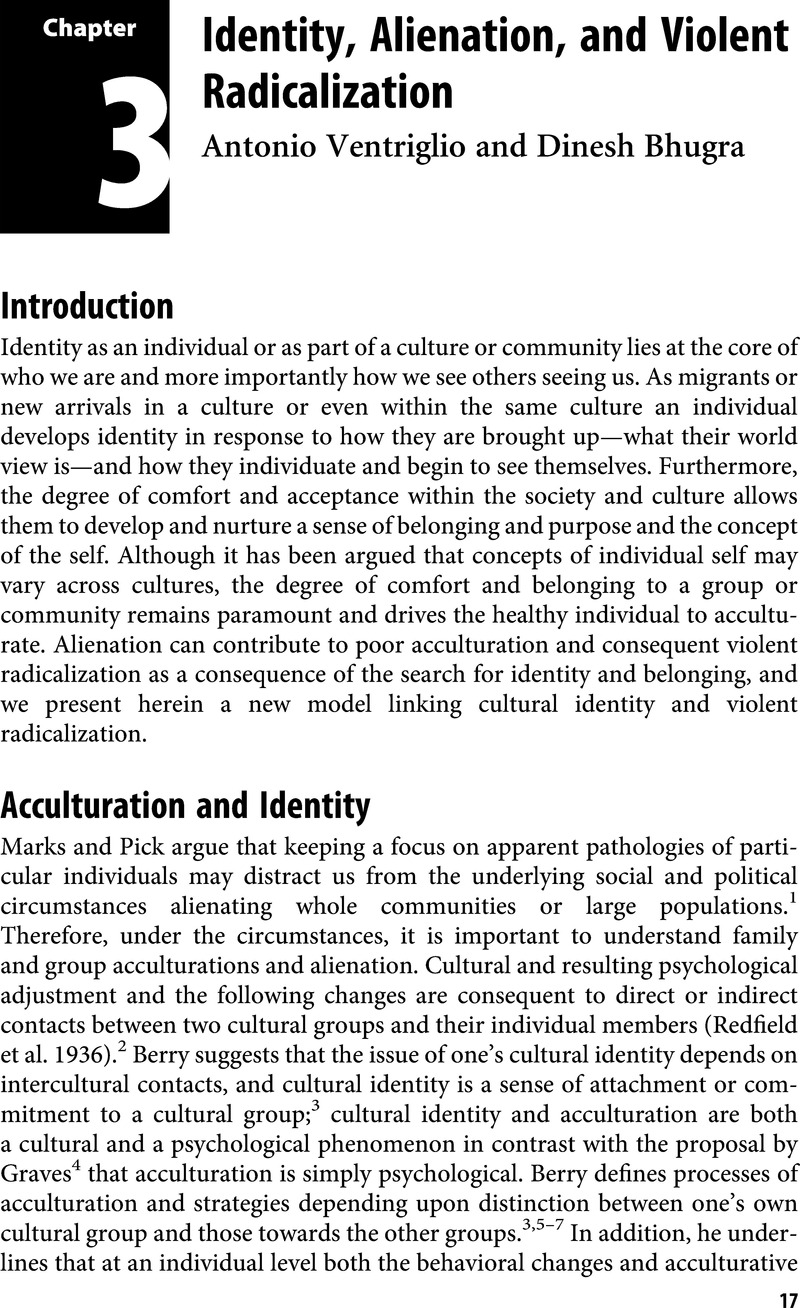Book contents
- Evil, Terrorism & Psychiatry
- Evil, Terrorism & Psychiatry
- Copyright page
- Contents
- Contributors
- Foreword
- Preface
- Chapter 1 To Die to Kill: Suicide as a Weapon. Some Historical Antecedents of Suicide Terrorism
- Chapter 2 The Philosophy of Hate and Anger
- Chapter 3 Identity, Alienation, and Violent Radicalization
- Chapter 4 The Mind of Suicide Terrorists
- Chapter 5 Psychopathology of Terrorists
- Chapter 6 Why is Terrorism a Man’s Business?
- Chapter 7 Religion, Violence, and the Brain: a Neuroethical Perspective
- Chapter 8 Brain Alterations Potentially Associated with Aggression and Terrorism
- Chapter 9 Political Terrorism and Affective Polarization in “Black” and “Red” Terrorists in Italy During the Years 1968–1988
- Chapter 10 Conditions of Life and Death of Psychiatric Patients in France During World War II: Euthanasia or Collateral Casualties?
- Chapter 11 Neuropsychiatric Characteristics of Antiterrorist Operation Combatants in the Donbass (Ukraine)
- Chapter 12 The International Scenario of Terrorism
- Chapter 13 Identification and Prevention of Radicalization. Practice and Experiences with a Multidisciplinary Working Model
- Chapter 14 How to Fight Terrorism? Political and Strategic Aspects
- Index
- References
Chapter 3 - Identity, Alienation, and Violent Radicalization
Published online by Cambridge University Press: 07 February 2019
- Evil, Terrorism & Psychiatry
- Evil, Terrorism & Psychiatry
- Copyright page
- Contents
- Contributors
- Foreword
- Preface
- Chapter 1 To Die to Kill: Suicide as a Weapon. Some Historical Antecedents of Suicide Terrorism
- Chapter 2 The Philosophy of Hate and Anger
- Chapter 3 Identity, Alienation, and Violent Radicalization
- Chapter 4 The Mind of Suicide Terrorists
- Chapter 5 Psychopathology of Terrorists
- Chapter 6 Why is Terrorism a Man’s Business?
- Chapter 7 Religion, Violence, and the Brain: a Neuroethical Perspective
- Chapter 8 Brain Alterations Potentially Associated with Aggression and Terrorism
- Chapter 9 Political Terrorism and Affective Polarization in “Black” and “Red” Terrorists in Italy During the Years 1968–1988
- Chapter 10 Conditions of Life and Death of Psychiatric Patients in France During World War II: Euthanasia or Collateral Casualties?
- Chapter 11 Neuropsychiatric Characteristics of Antiterrorist Operation Combatants in the Donbass (Ukraine)
- Chapter 12 The International Scenario of Terrorism
- Chapter 13 Identification and Prevention of Radicalization. Practice and Experiences with a Multidisciplinary Working Model
- Chapter 14 How to Fight Terrorism? Political and Strategic Aspects
- Index
- References
Summary

- Type
- Chapter
- Information
- Evil, Terrorism and Psychiatry , pp. 17 - 29Publisher: Cambridge University PressPrint publication year: 2019

